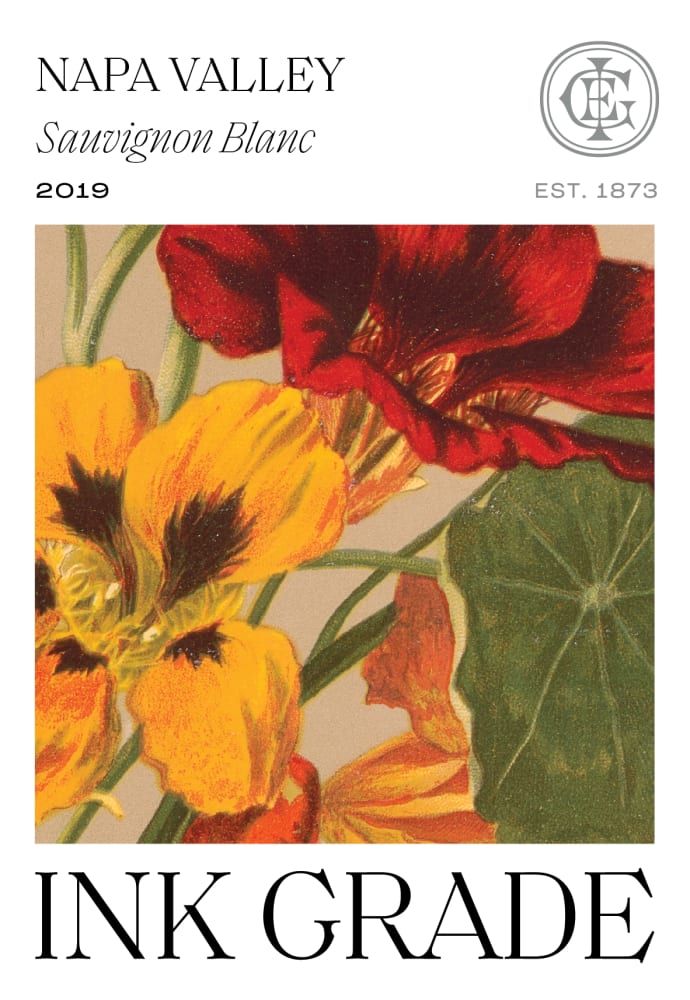Residual sugar is a term used to describe the amount of sugar left in a wine after fermentation has ceased. It is usually expressed in grams per liter (g/L) or as a percentage of the wine’s total volume. This unfermented sugar can have a significant impact on the taste and mouthfeel of a wine, and is a key consideration in wine making and wine tasting.
During the fermentation process, yeast consumes the sugar in grapes or grape juice and converts it into alcohol and carbon dioxide. However, if there is an excess of sugar, the yeast may not be able to consume all of it, resulting in a wine with residual sugar. The amount of residual sugar left in a wine can vary depending on a number of factors, including grape variety, climate, and the winemaker’s techniques.
The residual sugar level in a wine can range from bone dry (0-2 g/L) to very sweet (more than 120 g/L). Wines with higher levels of residual sugar are typically labeled as “off-dry,” “semi-sweet,” or “sweet,” while those with low levels of residual sugar are labeled as “dry” or “extra-dry.”
Winemakers have several techniques for controlling residual sugar levels in wine. One approach is to use yeast strains that have a higher tolerance for alcohol, which allows them to consume more sugar during fermentation. Another technique is to stop fermentation early, either by chilling the wine to halt the yeast’s activity or by adding sulfites or other chemicals to kill the yeast. This results in a wine with a higher level of residual sugar.
Residual sugar can have a significant impact on the taste and mouthfeel of a wine. In general, wines with higher levels of residual sugar are perceived as sweeter and fuller-bodied, while wines with lower levels of residual sugar are perceived as drier and lighter-bodied. Wines with residual sugar can also have a rounder, smoother mouthfeel due to the sugar’s ability to mask harsh tannins or acidity.
In dessert wines such as Sauternes and Port, residual sugar is a defining characteristic and is often a key factor in the wine’s quality and aging potential. In these wines, the high level of residual sugar is balanced by high acidity, creating a complex and well-balanced wine.
Residual sugar is also an important consideration in food and wine pairing. Wines with higher levels of residual sugar can pair well with spicy or savory dishes, as the sweetness can help balance the heat or saltiness of the food. Dry wines, on the other hand, can pair well with lighter, more delicate dishes or with foods that have a high fat content.
Finally, it’s worth noting that residual sugar levels are not always indicated on wine labels. In some cases, the wine may simply be labeled as “dry” or “sweet,” without specifying the exact level of residual sugar. In other cases, the residual sugar level may be listed on the back label or on the winery’s website.
Overall, residual sugar is an important consideration in wine making, wine tasting, and food and wine pairing. Its presence can significantly impact the taste and mouthfeel of a wine, and winemakers have several techniques for controlling and balancing residual sugar levels to create wines with a wide range of styles and flavors.
Wine is sunlight, held together by water.”- Galileo Galilei


